Rommel plays with Minatures for D Day
https://www.youtube.com/watch?v=rRuzjs9T_dw&t=29s
On this day during W.W. 2
-
On this date, 27 January 1942, the American steam tanker SS Francis E. Powell was torpedoed and sunk by U-130 off the Delaware coast.
The ship was enroute from Port Arthur, TX to Providence, RI with 81.000 barrels of #2 furnace oil and gasoline.
At 09.43 hours on 27 Jan 1942 the unarmed and unescorted Francis E. Powell (Master Thomas J. Harrington) was hit by the last torpedo from U-130 about eight miles northeast of the Winter Quarter Light Vessel, while proceeding completely blacked out at 10.5 knots. The torpedo struck on the port side aft of the midships house, between the #4 and #5 tanks. The explosion started a small fire in the pump room and destroyed the radio antenna. The U-boat, sighted a few hundred yards away, had planned to attack with the deck gun, but gave up when other vessels came into sight. The eight officers and 24 crewmen abandoned ship in two lifeboats. The master was crushed to death when he slipped and fell between the boat and the ship. The same boat was lifted back on the ship by a wave and the occupants had to launch another boat. Another officer and two men were also lost. The tanker later broke in two, caught fire, and sank at about 14.00 hours.
After five hours, 17 men in one of the boats were picked up by the American steam tanker W.C. Fairbanks and landed at Lewes, Delaware. The remaining eleven survivors in the other boat were picked up by a US Coast Guard boat from the Assateague Station and landed at Chincoteague, Virginia.
Those killed aboard SS Francis E. Powell were:
Canavan, James Joseph, Merchant Marine, 40, Third Mate
Harrington, Thomas James, Merchant Marine, 44 Master
Siaga, Antonio, Merchant Marine, 43 Steward
Tiriolo, Joseph Paul, Merchant Marine, 23 Quartermaster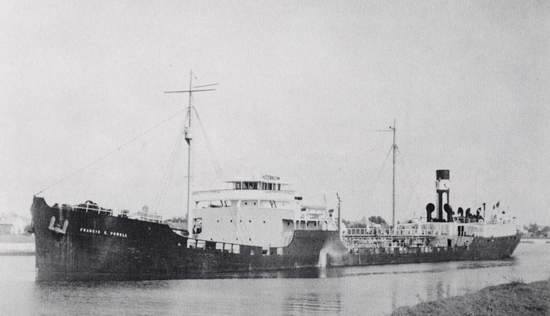
-
Ground crew servicing Hurricane Mark I “N2611” from 208 Squadron on a landing ground in Libya. The plane went missing on this day in 1941.Flying Officer Laurence Trevor Benson: killed; aircraft crashed, Hurricane N2611, 208 Squadron, 29 January 1941.
Source: RG Poulussen
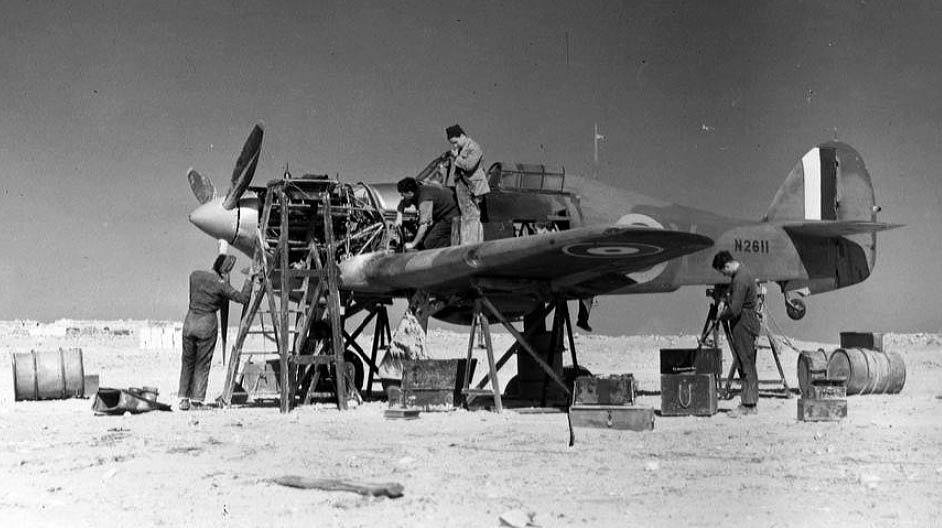
-
This post is deleted! -
On this day in 1945, Army Rangers, Alamo Scouts and Filipino guerrillas rescue 552 Allied prisoners from the Japanese POW camp at Cabanatuan.
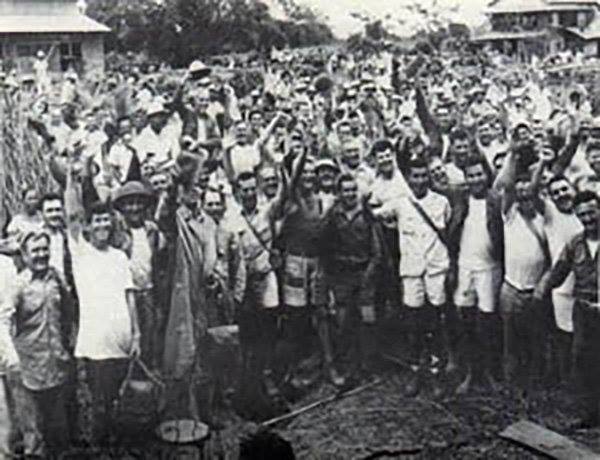
-
@captain-walker said in On this day during W.W. 2:
On this day in 1945, Army Rangers, Alamo Scouts and Filipino guerrillas rescue 552 Allied prisoners from the Japanese POW camp at Cabanatuan.
An event re-enacted (with a fair bit of artistic licence, though some of the actual POWs were featured in the sequence) at the beginning of the 1945 John Wayne film Back to Bataan.
-
that incident featured tactical use of unarmed aircraft and the infamous Japanese knee mortar, both to great effect.
-
30 January, 1943 Stalingrad
In the course of the day, the city center was entirely invested by Soviet tropps. The Central Station, the Party buildings, all the emblematic locations were taken back.
In the night that followed, 64th Army’s 38th Motorized Rifle Brigade blocked the Umivermag department store, in the basement of which were located 6th Army’s headquarters and the Commander in Chief. That same night Hitler made Paulus a Field Marshal, with the clear intent that he commited suicide. But now General Shmidt, the army’s Chief of Staff who was always the first to forbid any surrender, suddenly changed his mind and asked General Roske (in charge of all German units in this sector) to call for negotiations with the Soviets.
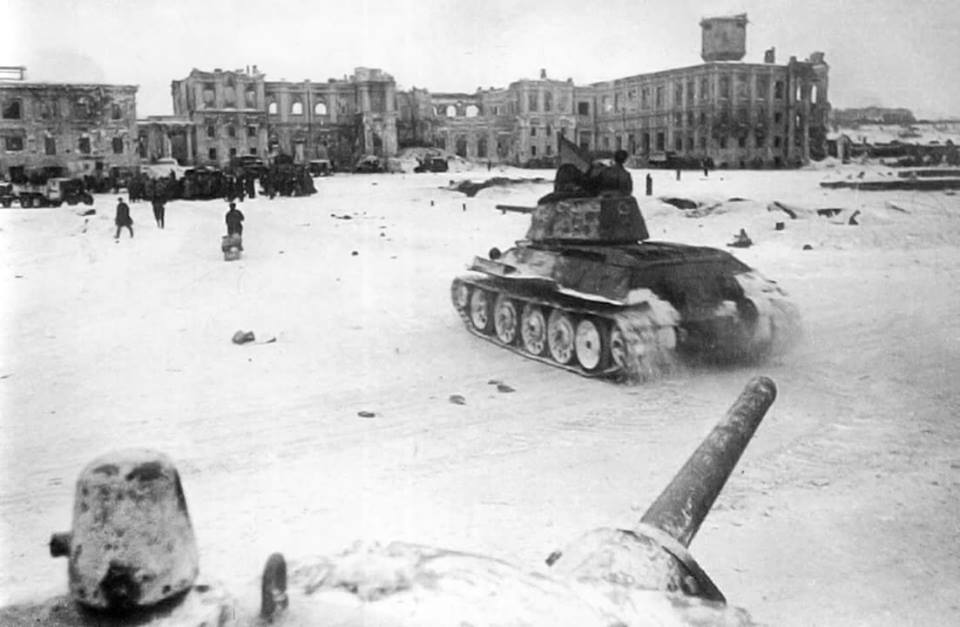
-
@captain-walker umivermag department store : ) Didn’t realize they had those in commie russia. : )
must be my cold war upbringing ha ha : )
-
US B-17F Fortress “All-American” of 414th BS, 97th BG collides with a German fighter over Tunis, Tunisia, 1 Feb 1943.

-
February 3, 1941. Germany
Hitler appoints Erwin Rommel to command the newly-created Deutsches Afrikakorps which will soon be sent to Libya. Hitler considers Erich von Manstein before deciding on Rommel to replace Hans von Funck who is already in Libya making preparations but lacks attacking spirit.
Source: worldwar2daybyday
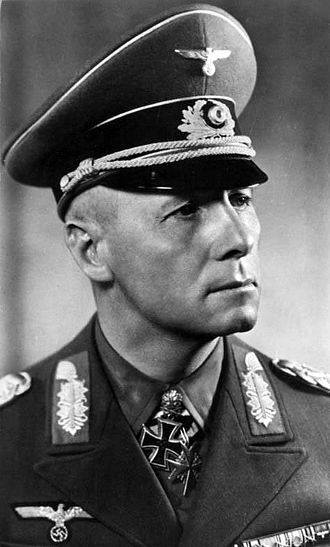
-
@captain-walker said in On this day during W.W. 2:
February 3, 1941. Germany
Hitler appoints Erwin Rommel to command the newly-created Deutsches Afrikakorps which will soon be sent to Libya. Hitler considers Erich von Manstein before deciding on Rommel to replace Hans von Funck who is already in Libya making preparations but lacks attacking spirit.
Source: worldwar2daybyday

Wow i had not heard that. Wonder how the war would’ve changed with Manstein in Africa ? I assume Rommel would probably be a divisional commander in the east then ?
Interesting
-
@barnee I suspect he would have been given a Panzer Korps, after his great success leading 7th Panzer in France. I am sure he would still have been an army commander by 43. But would he still have been on the Eastern Front, when things starred going the Russians way?
-
@Wittmann yea corps sounds about right. Manstein was a hard hitter too. Idk if he could have done better than Rommel in africa. idk if Rommel gets Sevastopol or not.
He was definitely a hard charger though, so maybe. Idk I could see both doing better or worse actually. Possibly not much difference either.
That’s called covering all the bases lol : )
-
February 4, 1944. Italy, Anzio
On the Anzio beach head there was fierce fighting as the Germans got their first major counterattack underway. The units on the perimeter, British and American, fought a determined defence battle to hold the line and sustained heavy casualties.
The Irish Guards were amongst the units facing up to this onslaught. With them was John Kenneally, who had already won some fame for his handling of the Bren gun. He was sent back to the beach to collect some replacements in an Army lorry, accompanied by a young Guardsman.
As they drove along the track down to the beach the young man was suddenly a shot through the neck. Keneally stopped quickly but found that the Guardsman had been killed instantly, he then came under fire himself as he crawled under the truck:
"I peered cautiously from under the rear wheels. There was the cover, about 250 yards on my left, a large group of pine trees, tall and thick with foliage. The bastard must be in there somewhere. I realised that from his angle of view all he could see was the back of the truck and the passenger side; I could crawl under the truck, into the driver’s seat, start up be away.
I thought again. The moment I started the motor it would alert him and he would have time to pump three or four shots through the back of the truck before I could get into gear. I could not chance it. I had to try and take him out. I was working myself up into a cold fury. This was bloody guerrilla war; every soldier hates snipers: the odds are always with them. It was to be him or me.
I crawled under the truck and managed to remove the Bren gun from under the driver’s seat. So far, so good. Beyond the ditch where I had laid the guardsman was a deep irrigation gully which followed the line of the track and round the bend. I judged it about ten yards from the front of the truck.
If I could make that, I would have cover almost to the line of the trees. Should I crawl those ten yards and hope he did not spot me, or run it? Shit or bust I curled myself like a spring and dived for the gully; he got off one shot and missed by a mile. I reckon I covered those ten yards in less than a second; self preservation makes supermen of us all.
I landed in the gully, which must have been a foot deep in mud and filth. I wrapped my field dressing round the breech and mechanism of the Bren – this was no time for slip-ups – and crawled well over a hundred yards down the gully till it petered out into a culvert which was covered with undergrowth. By this time I was well camouflaged myself, being covered in mud. I worked my way slowly through the undergrowth to the top of the culvert and peered anxiously through it. I was no more than seventy yards from the trees; all I had to do was spot him.
I slid the Bren gun forward and planted its legs firmly in the earth and got behind it. Where was the bastard? I searched and scanned those trees till my eyes almost popped out. Not a sign. There were occasional movements and rustling but it was only birds.
I did not expect the glint of a rifle barrel. These snipers were too clever for that: they were always covered. I watched endlessly, but nothing; the adrenalin had gone away by now and I thought he must have moved away. I considered heading back for the truck and taking my chance. Suddenly, to my right and high in the dense trees, I saw the slightest of gleams; he must have moved fractionally and the sun caught the end of his telescopic sight.
I pin-pointed the spot and eased the gum into my shoulder. I blasted the whole magazine off into the trees. The noise was shattering after the silence. I put the butt down and watched and waited. The birds had all scattered away, squawking their heads off; then I heard a loud rustling in the trees. There he was, dropping through the foliage from branch to branch till he ended up in a crumpled heap in the long grass. I’d got him and I felt great."
John Kenneally: The Honour and the Shame
Source: WWII today
-
On this day in 1938, Adolf Hitler promotes himself to the head of the Oberkommando der Wehrmacht (OKW) or "High Command of the Armed Forces."
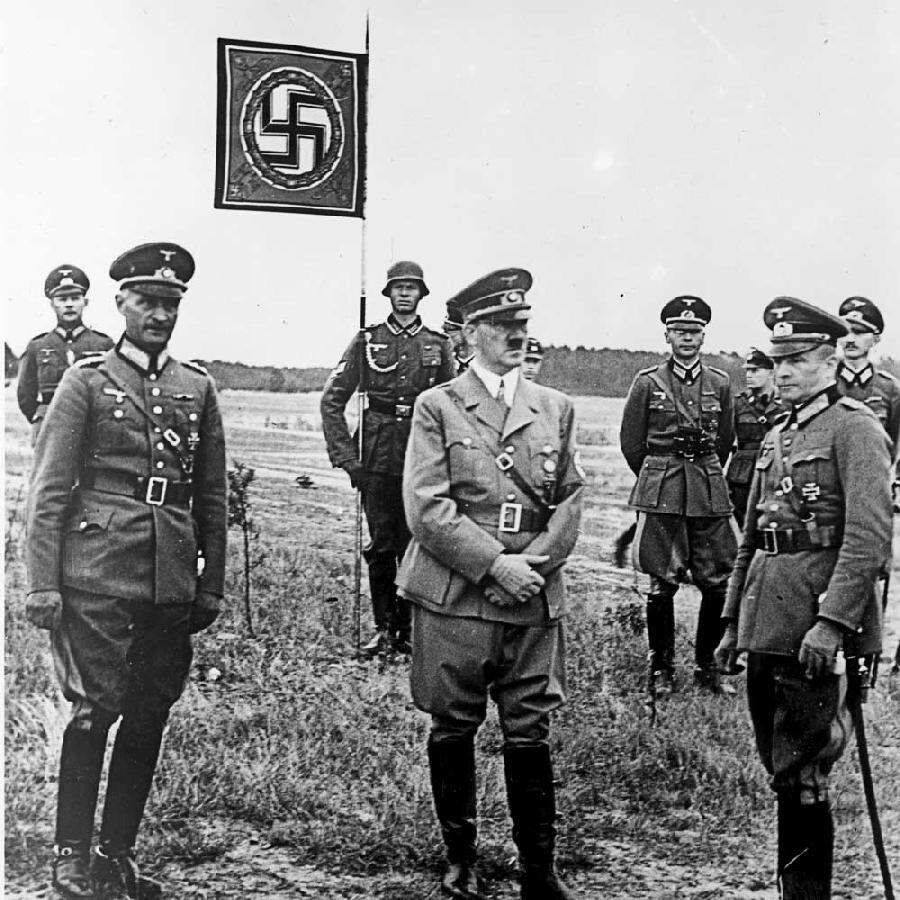
-
February 4, 1940. Finland
Consistent with Timoshenko’s small unit tactics, Soviet artillery, aircraft and tanks bombard Finnish positions in the Summa gap but Red infantry only advance on Summa village. Above Lake Ladoga, Colonel Dolin’s Siberian ski battalion arrives near the village of Kuhmo and counterattacks Finnish 9th division. After a week of pressure, Finnish IV Corps completes the destruction of west Lemetti motti, capturing 4 field guns, 2 antitank guns, 1 mortar, 32 tanks, 6 machineguns, 120 rifles and 26 trucks. Orders for the attack are notable for the first official use of the term “motti”.
Photo: Destroyed Soviet tanks after motti battles in Lemetti. SA-kuva.
Source: worldwar2daybyday
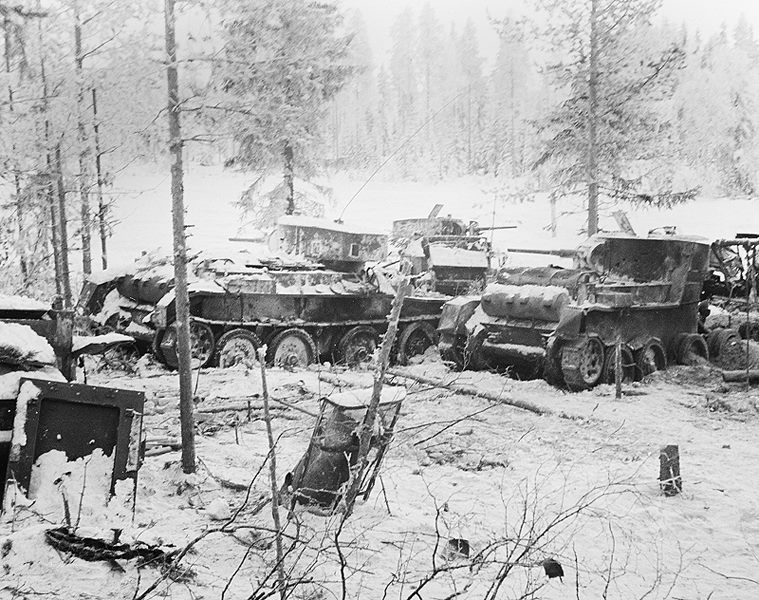
-
February 5, 1941. North Africa.
Operation Compass. At noon, after crossing 150 miles of desert in 30 hours, Combe Force’s armoured cars cut the coast road at the hamlet of Sidi Saleh. 30 minutes later, retreating Italians begin arriving from Benghazi but they cannot break through the British roadblock. By evening, 4th Armoured Brigade reaches the road 10 miles north at Beda Fomm and attacks the Italian column with tanks.
Source: worldwar2daybyday
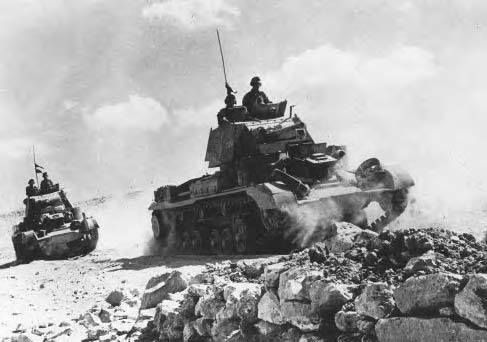
-
February 7, 1940. Finland
Red Army attacks the Summa gap for the 7th consecutive day. The daily artillery bombardment and tank/infantry attacks, followed by Finnish counterattacks, weakens the Mannerheim Line fortifications, exhausts the defenders and sucks in the Finnish reserves.
Photo: A field gun of the Red Army in action on the Karelian Isthmus. Image via Juri Kilin.
Source: worldwar2daybyday
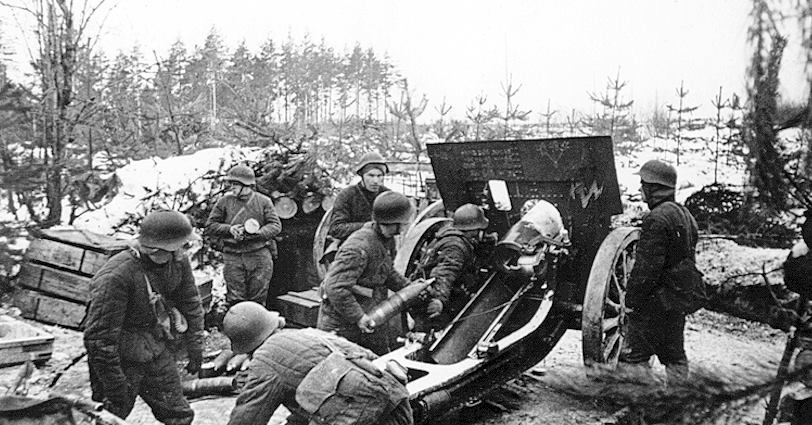
-
February 8, 1941. North Africa
General O’Connor has plans for Operation Compass to push onwards to Tripoli, Libya, and drive Italian forces from North Africa. However, Hitler has already decided to provide assistance to his ally Mussolini. The first Afrikakorps troops sail for Tripoli from Naples, Italy, aboard German steamers Ankara, Arcturus & Alicante (escorted by Italian destroyer Turbine and 3 torpedo boats). They dock at Palermo, Sicily, for 2 days to avoid British Force H from Gibraltar which is at sea in the central Mediterranean (bound for Genoa).
Photo: German medium tanks Pz.Kpfw. III Ausf.G of the 5th Tank Regiment, 5th Light Mechanized Division ‘Africa’ before being sent to North Africa.
Source: worldwar2daybyday
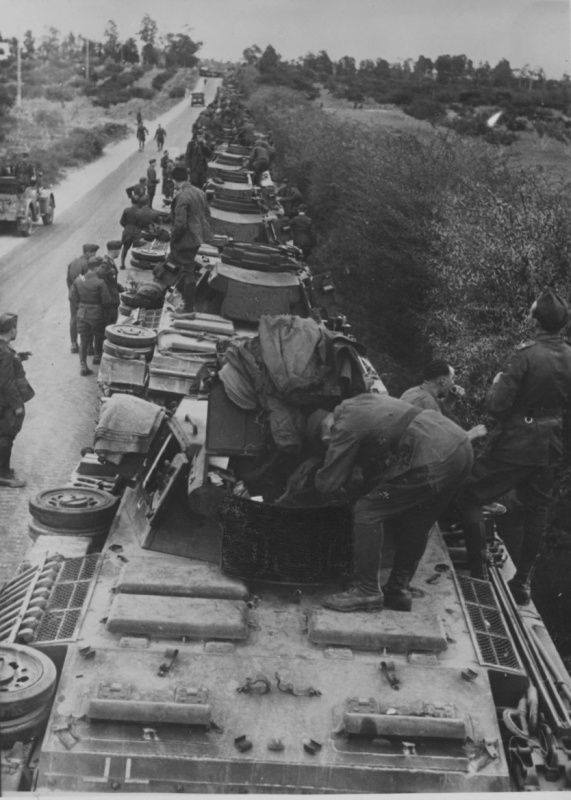
-
@captain-walker Its fun to see someone rummaging through that turret basket, its a distinct feature of early german tanks when you make the models, I believe Pzkw II has a similarly shaped basket. And of course, radiator and fan covers, license plate lights etc. were all designed in that peculiar german way that you only notice when you operate a miniature tank assembly factory.






